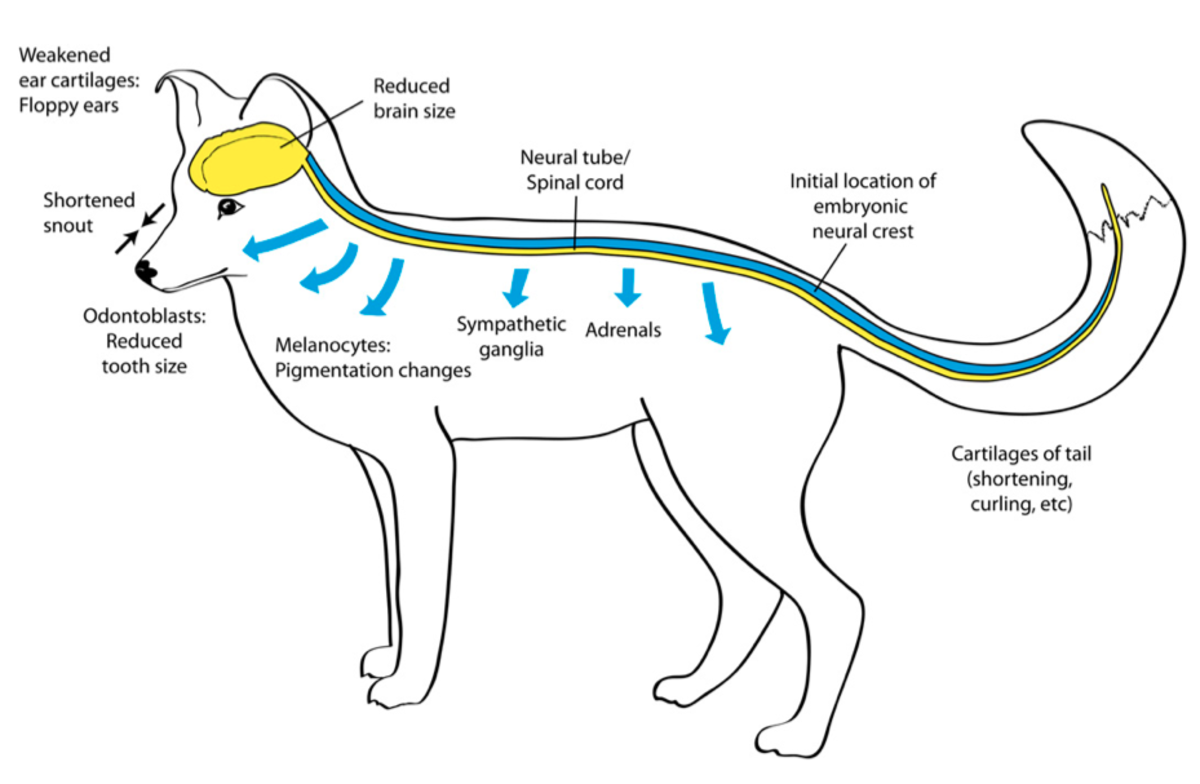

low volumes of animals sold or advertised could indicate a business where high sales prices or large profit margins are involved.high volumes of animals sold or advertised for sale could indicate a business.the number, frequency or volume of sales - systematic and repeated transactions using the same means of advertising are likely to indicate a commercial activity.
/128226775-56a001085f9b58eba4ae6896.jpg)
You should consider these factors when determining whether someone is ‘advertising a business’: Individuals can also be classed as a business depending on the extent of their activities. This is not restricted to registered businesses.

Startup costs in breeding often exceed expectations, as you not only have to purchase a purebred stud and brood, but also spend money on healthcare, food and grooming to maintain health and breed standards.
Areas of an animal breeder professional#
Professional animal breeders also often require, in addition to breed anatomy knowledge, knowledge and experience with artificial insemination techniques and other reproductive techniques, as well as experience birthing animals. In short, don’t get into breeding as a way to make quick money, because you need to be in it for the long haul to break even, let alone profit. Often, it takes years-even decades-to breed pedigree animals that you can sell as purebred or enter into animal shows. When you decide on a particular breed, read up on that type of breed and the breed standards, and attend shows for that specific breed, where you will not only see the breed in action, but also get a feel for what the judges look for beyond breed standards.īecoming a professional animal breeder involves a lot more than just ensuring you have one male and female of the species you’d like to breed. Breeders don’t just work with dogs or cats, there are also cattle, goat, horse, sheep, swine and poultry breeders. So if you hate small dogs, don’t look into breeding them. It’s up to you to decide whether you’d rather breed dogs or cats, but just makes sure that whichever you choose, you also select a breed that you will enjoy being around for years to come.


 0 kommentar(er)
0 kommentar(er)
